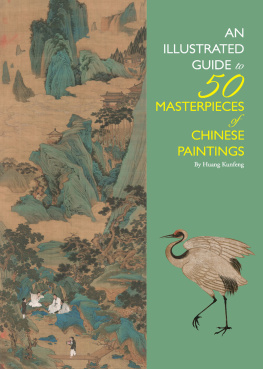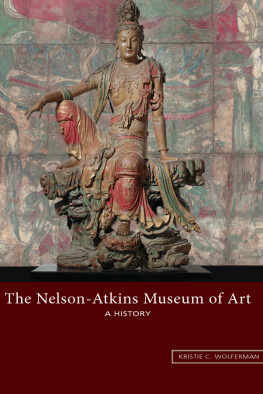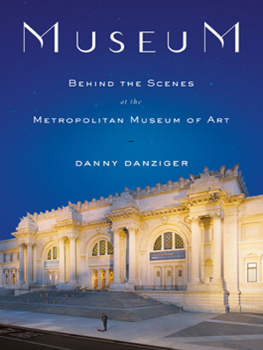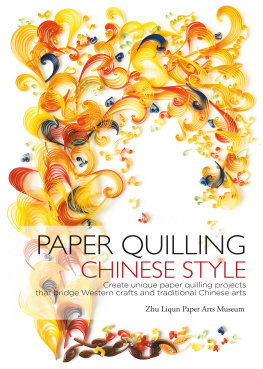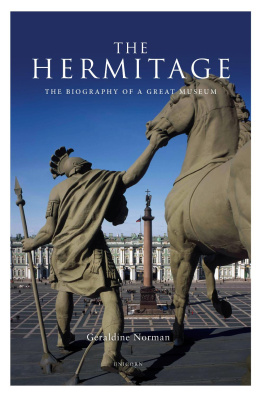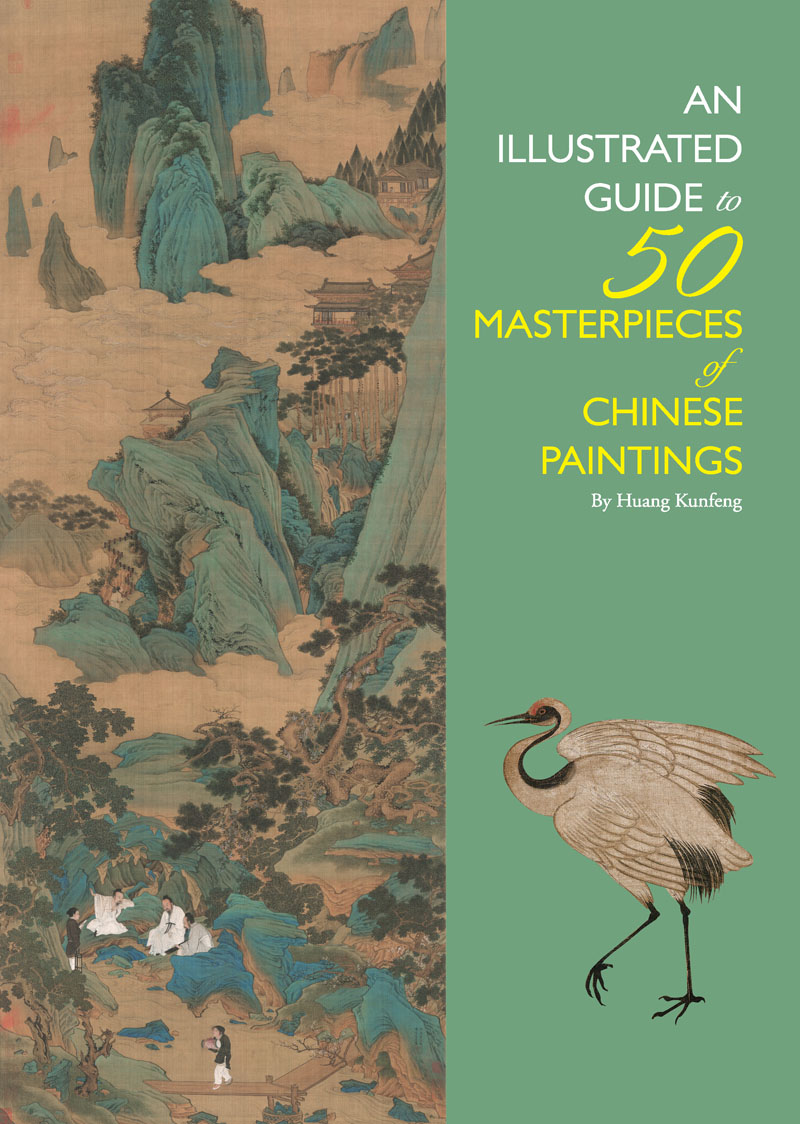Kunfeng Huang - Illustrated Guide to 50 Masterpieces of Chinese Paintings
Here you can read online Kunfeng Huang - Illustrated Guide to 50 Masterpieces of Chinese Paintings full text of the book (entire story) in english for free. Download pdf and epub, get meaning, cover and reviews about this ebook. year: 2019, publisher: Shanghai Press, genre: Children. Description of the work, (preface) as well as reviews are available. Best literature library LitArk.com created for fans of good reading and offers a wide selection of genres:
Romance novel
Science fiction
Adventure
Detective
Science
History
Home and family
Prose
Art
Politics
Computer
Non-fiction
Religion
Business
Children
Humor
Choose a favorite category and find really read worthwhile books. Enjoy immersion in the world of imagination, feel the emotions of the characters or learn something new for yourself, make an fascinating discovery.
- Book:Illustrated Guide to 50 Masterpieces of Chinese Paintings
- Author:
- Publisher:Shanghai Press
- Genre:
- Year:2019
- Rating:3 / 5
- Favourites:Add to favourites
- Your mark:
Illustrated Guide to 50 Masterpieces of Chinese Paintings: summary, description and annotation
We offer to read an annotation, description, summary or preface (depends on what the author of the book "Illustrated Guide to 50 Masterpieces of Chinese Paintings" wrote himself). If you haven't found the necessary information about the book — write in the comments, we will try to find it.
Over thousands of years, the art of Chinese painting has evolved, while also staying loyal to its traditional roots. Despite various schools of thought, styles and techniques, three primary categories have emerged across the discipline: landscape, figure and bird-and-flower. Using fine ink and water brush strokes on paper or silk, Chinese artists have developed a unique styleone thats famous throughout the world.
This book highlights 50 Chinese paintings, pulled from museum collections in China and around the world, including British Museum (London), Museum of Fine Arts (Boston), Metropolitan Museum of Art (New York), Nelson-Atkins Museum of Art (Kansas), Osaka City Museum of Art (Osaka), Palace Museum (Beijing), Palace Museum (Taibei) and Shanghai Museum. The paintings shown are representative of the categories, historical periods and styles of this artistic tradition.
Detailed professional interpretations and notes allow readers to learn more about the pieces themselves, the artists and the context in which they were created. Plus, photo enlargements of key details get readers up close to these masterpieces.
As one of the worlds oldest continuous art forms, Chinese painting has a truly special history. This comprehensive guide allows modern readers to travel through time, experiencing important moments in Chinese history and society through beautiful pieces of artwork.
Kunfeng Huang: author's other books
Who wrote Illustrated Guide to 50 Masterpieces of Chinese Paintings? Find out the surname, the name of the author of the book and a list of all author's works by series.

